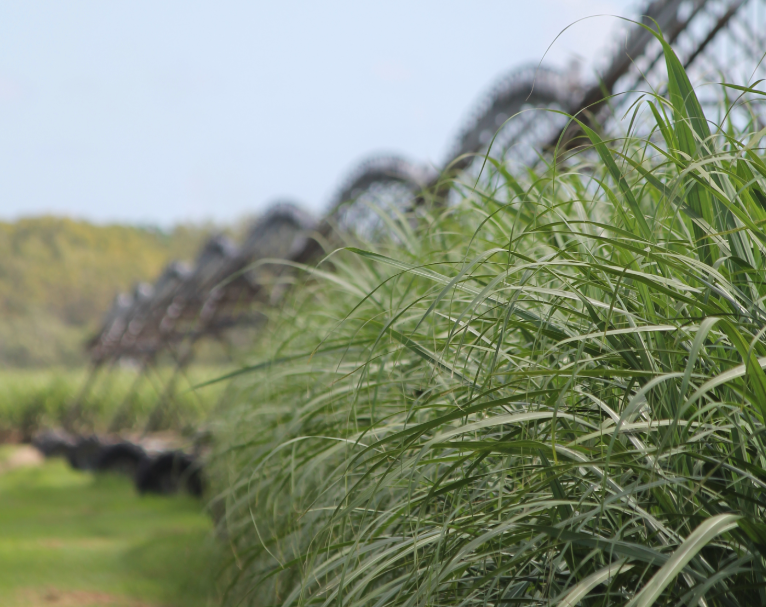
For decades, irrigation was a critical tool for farmers striving to boost yields and weather the region’s subtropical climate. Mackay enjoys a relatively high annual rainfall; however, the timing and distribution of rain can be unpredictable. Extended dry spells or inconsistent rainfall can stress crops, reducing yields and affecting sugar content.
Recent years have seen a noticeable decline in the use of irrigation on sugarcane land throughout Mackay. This shift is the result of a complex interplay between economic pressures, low industry confidence, and environmental considerations. The cost of water has risen steadily, however, electricity prices which are closely linked to the operation of irrigation pumps, have soared over the last decade. The primary reason for this increase is increased government regulation and profit-taking, including the national spot price from the Australian Energy Regulator.
To help counter this, growers have heavily invested in modern low pressure irrigation systems, such as centre pivots, lateral move irrigators and drip lines as well as solar power. Precision agriculture technologies are also making a difference by helping growers make informed decisions about when and how much to irrigate. By targeting water use more efficiently, farmers can try to maintain yields while reducing overall water consumption by maintaining optimal soil moisture levels, promoting steady cane growth and maximising the photosynthesis process, which is vital for increased yield.
Research indicates that irrigated cane can produce up to 30–40% higher yields compared to rain-fed crops. This uplift is significant, translating to millions of extra dollars for the local economy each harvest season. Furthermore, irrigation helps ensure uniform crop maturity. This consistency is crucial for efficient harvesting and milling operations, growers can also better manage fertiliser application, weed control and pest management, all of which contribute to healthier stands and higher sugar recoveries. While the benefits of irrigation are clear, they do not come without challenges.
To protect the Great Barrier Reef lagoon, which lies just offshore, many Mackay cane growers have adopted best management practices, such as scheduling irrigation based on soil moisture monitoring, using low-pressure irrigation systems to reduce evaporation and electricity use, soil moisture sensors, automated irrigation technology, weather forecasting apps, satellite imagery, and establishing vegetative buffer strips to filter runoff before it reaches creeks and rivers.
The prosperity of Mackay’s sugar industry is closely tied to the region’s broader economic and social health. Green paddocks of cane run from the foot of the ranges to the coast, and this region has one of the largest cane footprints in Queensland, that green abundance a testament to the crop’s importance in the regional economy, supporting thousands of jobs and forming the backbone of the area’s agricultural identity.
Irrigation not only boosts farm incomes but supports a network of contractors, mill workers, transport operators, and businesses reliant on the cane supply chain. In dry years, access to irrigation can mean the difference between financial viability and hardship for many families.
At the same time, water and electricity policy requires ongoing negotiation and cooperation between irrigators, Sunwater, Electricity suppliers and government agencies.
For many in the Mackay community, sugarcane is more than just a crop—it’s a way of life. As the industry evolves, growers, millers, policymakers and the wider community will need to work together to ensure that the region remains both productive and sustainable. The days of water running freely through cane fields may be fading, but that is being replaced by water and energy efficient approaches: the spirit of adaptation and resilience that defines Mackay’s farmers is as strong as ever.